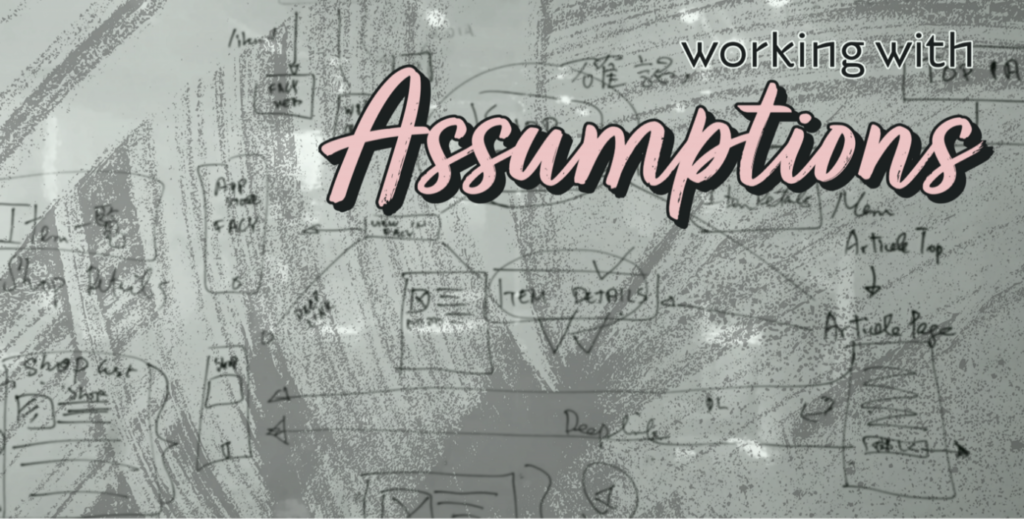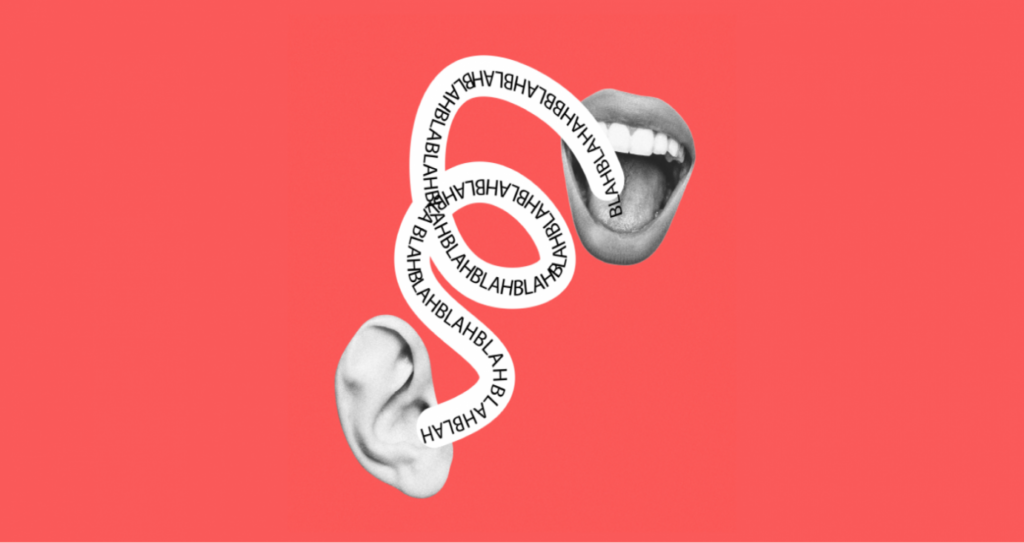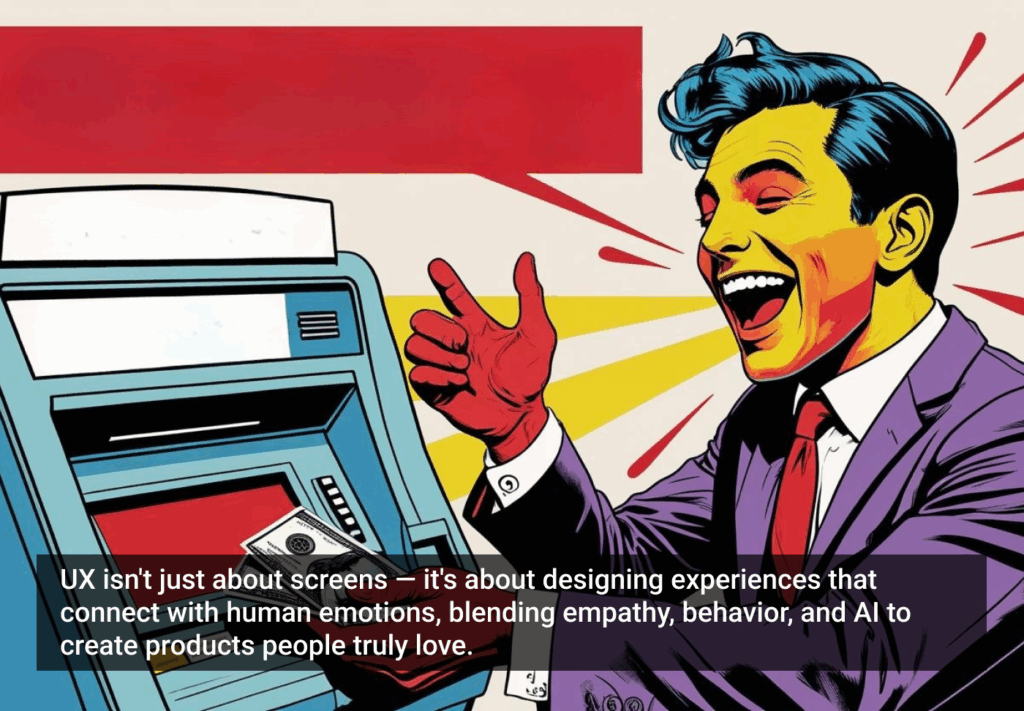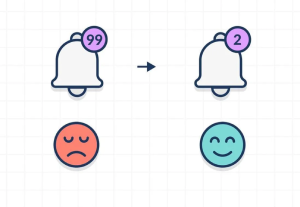UX is More Than Screens: The Art of Designing Emotions
- The article shows how Steve Jobs’ shift from “form follows function” to “form follows emotion” transformed design into a deeply human practice centered on empathy.
- It explains that emotions drive perception, usability, and loyalty — making emotional intelligence essential to meaningful user experiences.
- The piece argues that the future of UX lies in uniting artificial and emotional intelligence to create technology that feels truly human.
Share:UX is More Than Screens: The Art of Designing Emotions
Share this link
- October 30, 2025
6 min read









